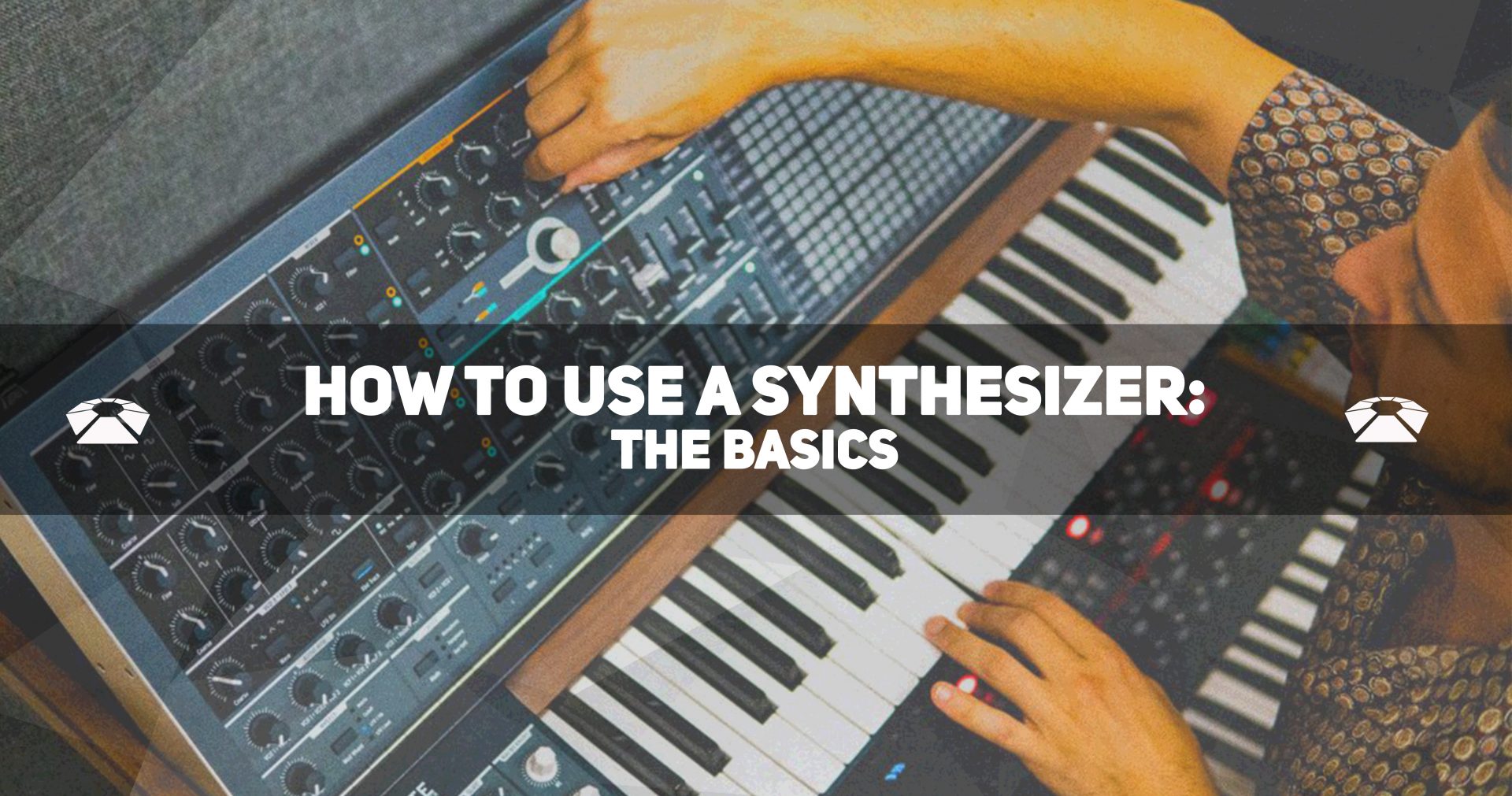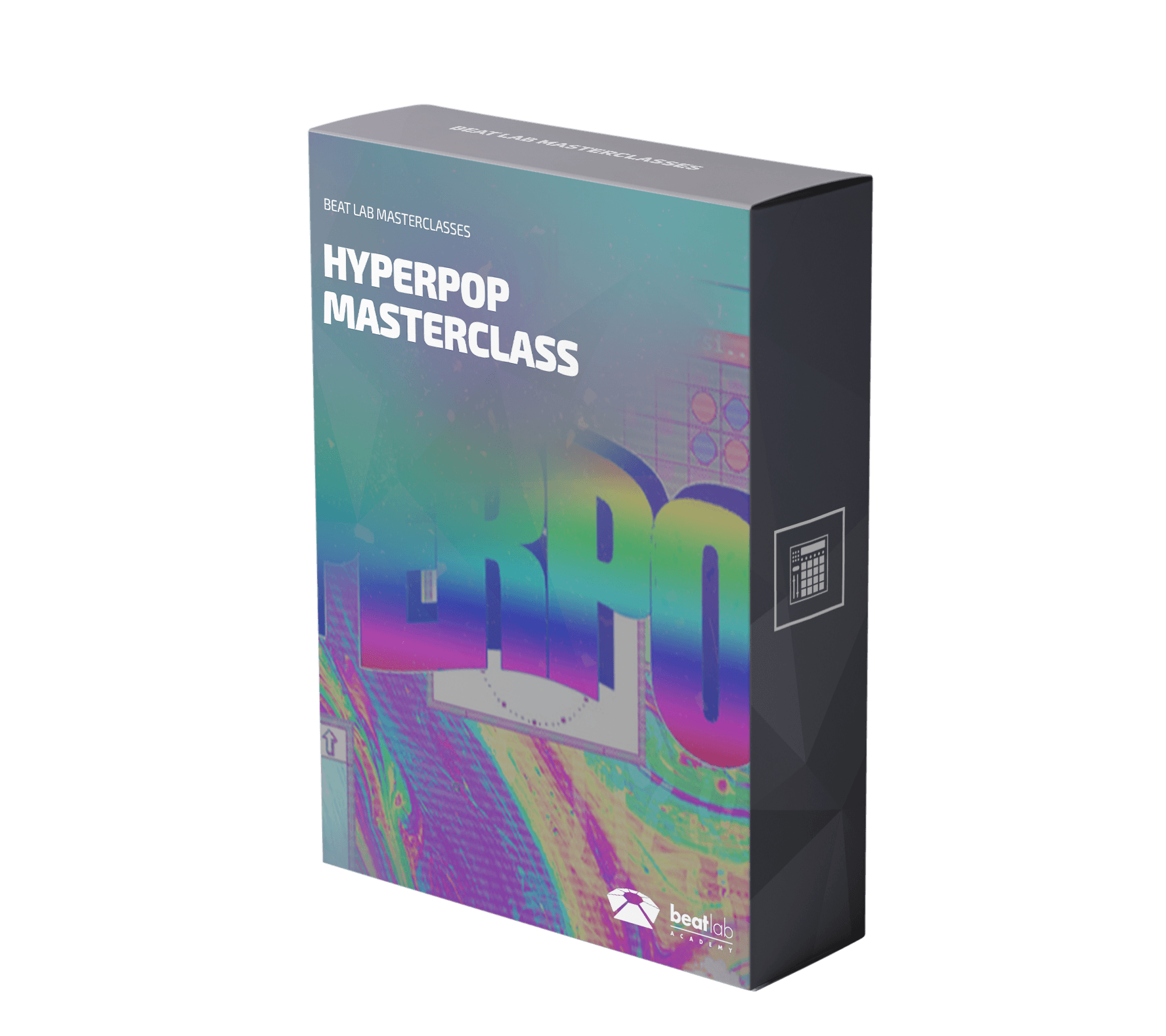
How to Use a Synthesizer: The Basics
Music is something that everyone enjoys. Whether you are someone who enjoys playing a musical instrument while you are alone at home or you enjoy having an audience, you ought to know the different ways on how you can improve your craft. The secret to becoming a good musician is to put your effort and time into improving yourself. But aside from that, knowing some easier ways to create something that is better than the conventional should also be part of your checklist.
There is no better instrument to use than the synthesizer when attempting to go beyond the convention. A synthesizer opens an entire world of audio possibilities up to you. What is a synthesizer? Well, in this article we’ll go over the basics and introduce you to the incredible tool so widely used today in music.
What is a Synthesizer?
A synthesizer is an instrument used to generate and to modulate sounds. It is often used in composition and during live performances. The changes in the intensity, timbre, frequency, and duration of the sounds can be chosen and shaped by the musician. The main purpose of a synthesizer is to produce sounds that are beyond what a conventional musical instrument can provide. Any piece of electronic you hear today uses a synthesizer. Even music made popular during the ’80s, and even all the way back to the ’60s can be found using synthesizers!
Requirements to Learn Synthesis
To learn in-depth about synthesis, and how to use synthesizers, here are some of the tools and knowledge that you should have:
- Hardware Synthesizer or a Digital Audio Workstation and a Software Synthesizer
A hardware synthesizer looks like an electric piano except is has control over soundwaves and shaping the sounds. A very popular synth is a Roland Juno because of its versatility and simplicity. It doesn’t have too many controls on the device but just enough to alter the sound in effective ways.
A digital audio workstation (DAW) is a great tool that can help you produce a perfect piece of music from multiple tracks and recordings. This is an application that you can use to edit, record and produce audio files. A software synthesizer (also known as a “softsynth”), on the other hand, is a software program that is used to generate digital audio. This is cheaper and more portable which makes it easier to interface with other music software.

- Familiarity with Different Types of Sounds and Preset Styles on Synthesizers
After considering the importance of synthesizers, it would also be good to think about familiarizing yourself with its different features. Knowing the types of sounds and the different preset styles will allow you to enhance your creativity and make use of the application for a better outcome.
[su_divider top=”no” divider_color=”#d2d2d2″ size=”1″]
How Does a Synth Work?
Synthesizers all generally work in the same basic way, the fundamentals remain the same even if the features change. Playing with and tweaking presets are some of the basic skills that you need to learn when you start using a synthesizer. Here are some important components that you need to know about and how they work:
Oscillator
An oscillator is an electronic circuit that can produce an audio signal. In a synthesizer, an oscillator converts the DC signal into an AC signal from the power supply. As this happens, the signal then oscillates and it generates a sound. There is more than one oscillator in most modern synthesizers. By modulating this audio signal we can perform a few different types of synthesis. The most popular is Frequency Modulation where you modulate an oscillator using filters.
Filter
Do you ever wonder how a synthesizer provides that unique and perfect sound? This is with the help of a filter. A filter allows a certain range of the audible frequency spectrum to be passed through to the synthesizer audio output. This is a very significant part of the synthesizer because it is the one that is responsible for tone shaping. This is the secret to the great sound that is being produced with the use of a synthesizer.
Using a series of filters, nearly all sounds you’ve ever heard can be created using a synthesizer. It’s that powerful.
Amplifier and Envelope Generator
An amplifier is the part of the synthesizer that makes the audio signal louder. With this, you can easily lower or even raise the volume of the waveform. As you do this, the sound volume is changed according to how you want to. That’s where an envelope generator comes in.
An envelope generator will tell the amplifier how quickly to increase the volume of the sound (Attack), how quickly to decrease the volume after reaching the peak loudness (Decay), how long to sustain that volume (Sustain), and how quickly to decrease volume once a key is released (Release). Envelope generators give you control of the rise and fall of a certain parameter, often the volume of the sound itself.
Modulator
Modulation is a process by which a change occurs in a component as a control signal is generated by a synth. In simpler terms, to modulate something is to change it over a period of time. In the context of a synthesizer, modulation can be used to alter the amplitude, duration, pitch or timbre of the audio signal.
Modulation is key to synthesis. Once you’ve created a sound with an oscillator, you will have to shape it and change its nature to make it more interesting to listen to. Modulation makes synthesis far more complex, and fun!
[su_divider top=”no” divider_color=”#d2d2d2″ size=”1″]
Want to Learn More?
If you want to learn more about Synthesis and Sound Design check out our Modern Sound Design class here in Los Angeles. If you are out of state or don’t feel like traveling, we also have an online music production course. Classes go year-round so don’t wait to get your education started!
[su_divider top=”no” divider_color=”#d2d2d2″ size=”1″]
Article written in collaboration with Curtis Dean of Sage Music School and edited by Mikey Backpack for Beat Lab Academy.







0 responses on "How to Use a Synthesizer: The Basics"